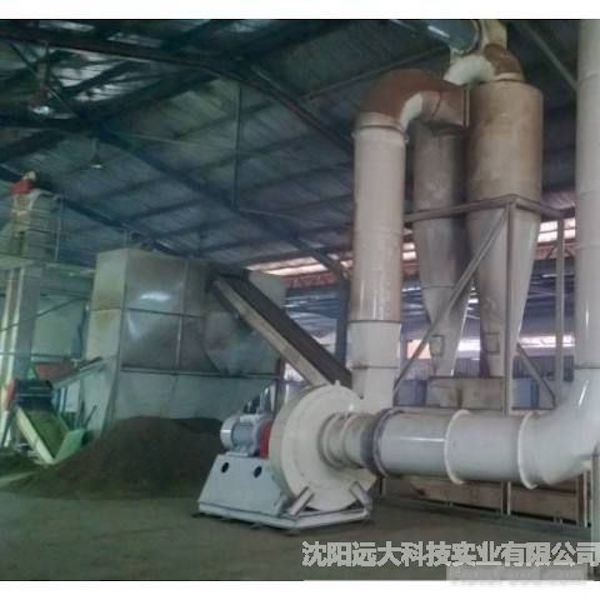What are the structures of sawdust dryers? Several structural forms of sawdust dryers
In the wood processing industry, the application of sawdust dryer equipment is becoming increasingly widespread. It uses high-temperature airflow exchange to evaporate the moisture of wood chips with high humidity, thereby achieving the goal of wood chip drying. It is one of the popular drying equipment for users. However, according to the different properties of materials and user requirements, sawdust dryers can be divided into different structural forms.
Firstly, the direct feeding airflow is the drying device. This structural form of wood chip dryer is currently widely used, which is more suitable for drying wet wood chips with good dispersibility and those that only require the removal of surface moisture. If the moisture content of wood chips is high and they are prone to clumping during processing, a portion of the dried finished product can be used as a return material and mixed with wet wood chips in a mixing feeder to facilitate drying operations.

The sawdust dryer is equipped with an airflow drying device of a pulverizer. The so-called airflow drying device with a pulverizer is equipped with an impact hammer mill under the airflow drying tube to crush wet wood chips, reduce particle size, increase the surface area of wood chips, and strengthen drying. Therefore, a large amount of water evaporates during the crushing process, and under normal circumstances, 80% of the gasification water content can be completed. This facilitates the adoption of higher intake humidity to achieve high production capacity and high heat transfer efficiency.
Thirdly, an air flow drying device with a disperser. The airflow drying device with a disperser is equipped with a special structure disperser under the drying tube to disperse wood chips. It is suitable for drying blocky sawdust with low moisture content and good looseness.
In summary, in actual production, wood chip dryers should choose different configuration schemes based on different characteristics of wood chips and different requirements of users for the dried products, in order to achieve higher quality and efficiency in production.